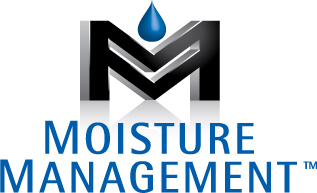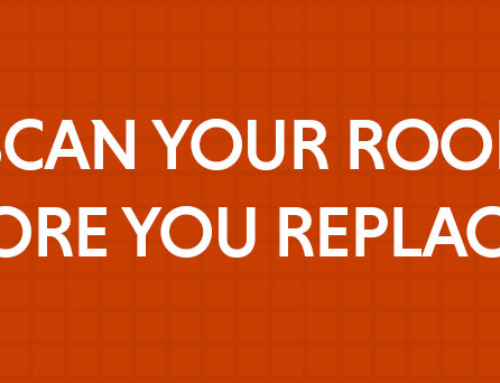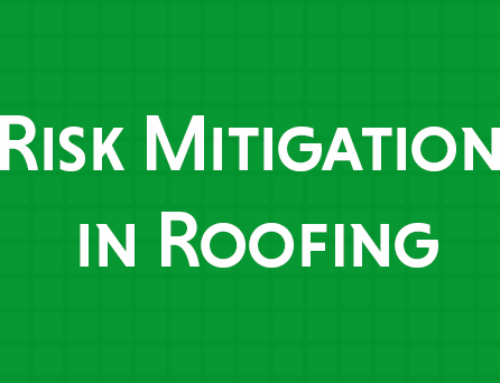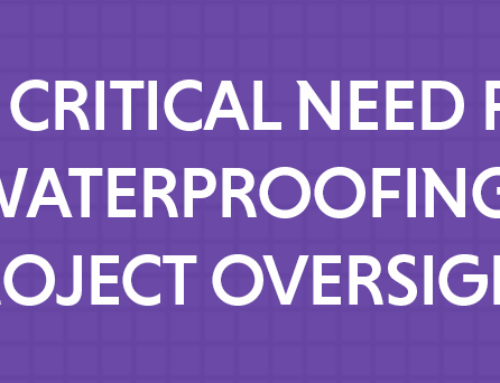In the competitive business world we live in, those who make the money for a company are given a higher value than those who don’t.
For Facilities Managers this creates a real dilemma. Most everything they are tasked to do requires the spending of the company’s hard-earned profits. Their annual business plan consists mainly of expense items and capital projects, requiring large sums of cash.
Money for this, money for that. As it looks to their superiors, they always seem to have their hands out.
Part of this problem is that when money is requested, facility managers do not always do a good job of showing a payback, or a least a reduction in the amount they would ordinarily spend for something.
When requesting maintenance funds, don’t just provide what it costs to do something, but also include what it would cost if they don’t act. By being proactive and timely with maintenance and repair costs, these costs are usually less than if you wait and have to replace something that is now not fixable.
Also, in some instances, you can realistically show a return-on-investment or a least a cost reduction!
These issues are particularly relevant with facilities maintenance, and specifically with your roofing and waterproofing building components. In the hierarchy of building maintenance and capital budgets, roofing and waterproofing typically rank in the top 3 most expensive line items, with HVAC and parking lots being the other two costly items.
There are many contributing factors to roofing and waterproofing items being the most costly items. Here is a summary of the most prevalent conditions that cause this:
- Roofing systems and building envelope components are often designed incorrectly (or incompletely).
- Roofing systems and building envelope components are often installed incorrectly.
- Roofing systems and building envelope components are not being effectively managed and maintained by building owners.
- Building owners have been lulled into thinking that a long-term warranty means they are protected. The reality is, by not performing preventive and remedial maintenance on these critical components, they have voided the terms and conditions of their warranties and will not get the fully intended service life out of these assets.
The interesting fact is that it is rarely the cost of leak repairs or reroofing that impacts the budget the most. It is actually the costs of the consequential damages to the building contents that far exceed the roofing expenses.
Here is just a sampling of the many related items and issues that represent the collateral damage caused by roofing and waterproofing failures:
- Damaged roof insulation (remember wet insulation does not insulate, it conducts)
- Energy loss due to contaminated roofing and wall insulation in buildings
- Damaged ceiling tiles
- Damaged carpet and flooring
- Damage interior finishes
- Damaged office equipment
- Damaged production equipment
- Damaged raw materials
- Damaged finished goods
- Lost use of space
- Business interruption
- Mold and mildew
- Mold remediation
- Poor air quality and sick employees
- Slip and fall accidents
- Slipping employee morale and happiness
- And more…
The costs of these items can be multiple times the cost of the actual roofing repairs, and they are the most impactful to your business operations.
So, back to the original theme, how do you change your image from being considered a Profit Spender to be considered a Money Maker?
You need to build a case for the work you are doing, by being proactive in the maintenance and repairs of your roofing and building envelope. Begin tracking the longevity and life cycle costs of these assets. Start showing management reports that demonstrate how the monies you are spending are adding life to these building components. Keep track of these consequential damage expenses so you can show reductions (and eventually elimination) of these unwanted and costly expenses. Show how you have saved on utilities because your buildings are thermally efficient. Explain how you have helped the facilities become assets rather than liabilities.
If you are in need of some help in putting a comprehensive roofing and waterproofing management program together, there are consulting companies that offer services and software that will assist you. These professionals can assist you with the following:
- Conducting annual roof audits
- Providing roof condition ratings and priorities
- Providing roof maintenance and re-roofing budgets
- Providing scopes of work
- Providing comprehensive Roof Design and Detail Specification Manuals for bidding
- Assistance with contractor qualification
- Assistance with bid selection
- Project management services
- Onsite Quality Assurance inspections
- Project close out and issuance of long-term warranty
- On-going warranty compliance inspections and maintenance
- Annual audits and updating of records, priorities and budgets
Most of these services are critical to the proper management of your facilities’ roofing and building envelope components. If you are not equipped or experienced enough to do these necessary tasks, please consider partnering with a professional services firm who can.






